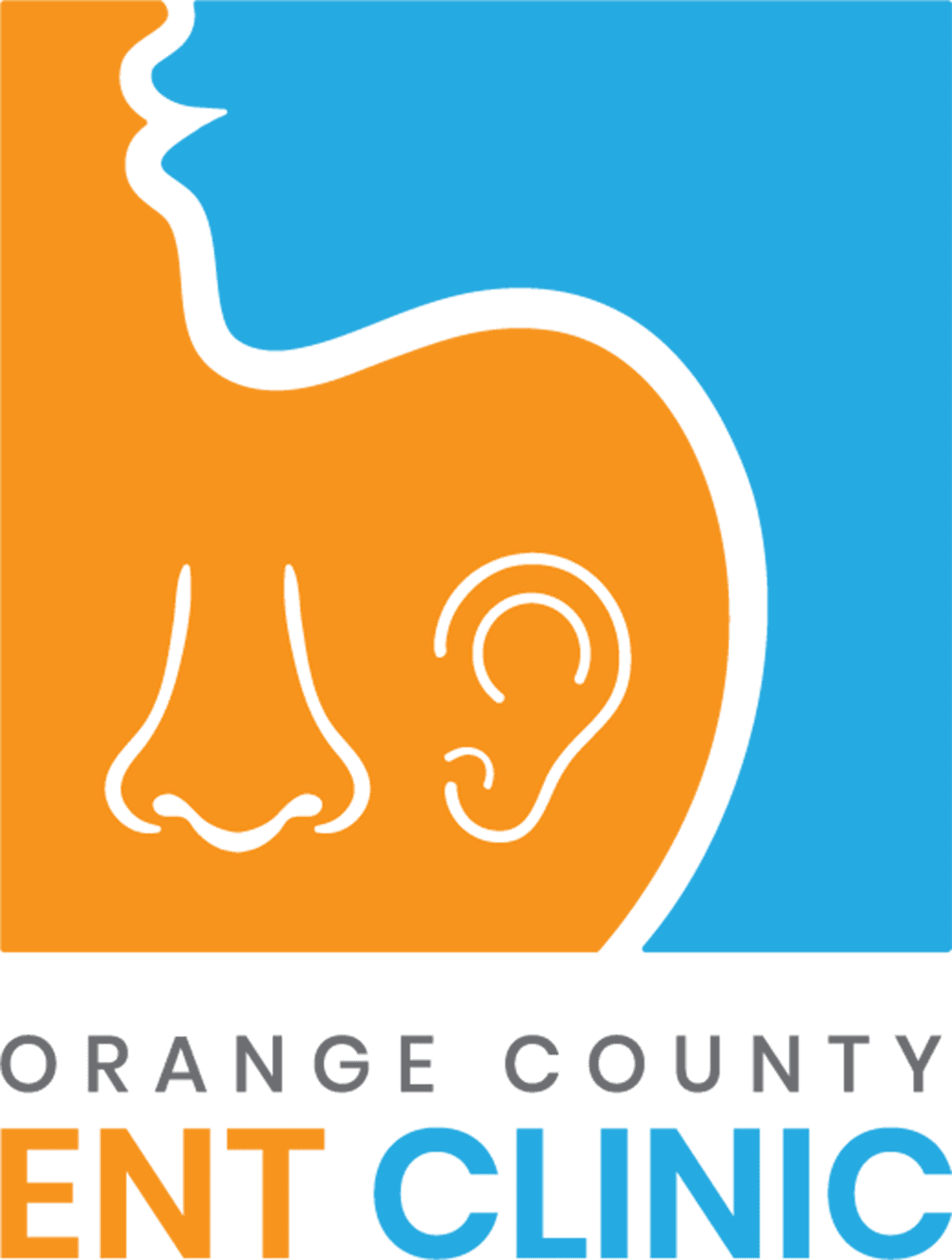
Disorders of smell and taste are generally not life-threatening and have thus received relatively little attention. Impaired ability to smell or taste can, however, affect the patient’s ability to enjoy pleasant aromas or good food.
While the two senses are closely linked, a patient will still retain some sense of taste even if they have no sense of smell. Their sense of taste, however, will be limited to bolder and less complex flavors.
Causes
Aging is a common cause of a reduced ability to smell or taste. In patients over 50, the membranes in the nose become drier and thinner, and the olfactory nerves become weaker. Consequently, the patient gradually loses the ability to smell. Similarly, an older person’s taste buds will become less numerous and less sensitive, so their ability to taste gradually declines.
Neurological disorders like Bell’s palsy or epilepsy can reduce or distort a patient’s sense of smell or taste. Seizures can cause a patient to hallucinate smells or tastes. Upper respiratory disorders like cold or flu can temporarily impair a patient’s ability to smell and taste.
Other conditions that can reduce or distort a patient’s sense of smell include depression, mouth infections, sinus infections, viral hepatitis, and damage to the olfactory nerves.


Pregnant women sometimes develop an abnormally strong sense of smell. The same is true of people with certain psychological conditions. The latter are described as having “psychosomatic hyperosmia.”
Conditions that affect the tongue are likely to cause taste disorders. Examples include Sjögren’s syndrome and an abnormally dry mouth. Dehydration and heavy smoking, especially pipe smoking, can impair the sense of taste. Radiation therapy to the neck or head can distort the sense of taste. A large array of medications can impair the sense of taste. Examples include anticonvulsants, antibiotics, arthritis medications, and antidepressants.
Symptoms
Symptoms will vary depending on the disorder. The most common disorders of smell and taste are hyposmia and anosmia. The former is a reduced sense of smell, and the latter is no sense of smell.
Hyperosmia, a far less common condition, is an oversensitivity to smell. In dysosmia, the patient’s sense of smell is distorted, so the patient will perceive mild smells as offensive.
In hypogeusia, the patient has a reduced sense of taste while a patient with ageusia had no sense of taste. A patient with dysgeusia has a distorted sense of taste.
Some patients may also experience olfactory or gustatory hallucinations in which they smell or taste things that don’t actually exist.
Treatment options
The doctor’s first step will be to determine the cause of the disorder. Once they have done that, they will be able to choose a treatment. For example, if the patient is taking a medication that causes the disorder, the doctor will find a substitute that doesn’t cause that particular side effect.
Similarly, if the patient has a condition like Bell’s palsy, the doctor will treat it. If the patient smokes, the doctor will recommend quitting and help the patient find a suitable program to help them do so.
In some cases, there is no cure for the smell or taste disorder. The patient should then undergo counseling to help them adjust and maintain healthy eating habits. The counselor might, for example, suggest preparing foods with a variety of textures and colors to compensate for the lack of taste. They may recommend avoiding dishes like casseroles that combine different foods and can hide or dilute flavors.
